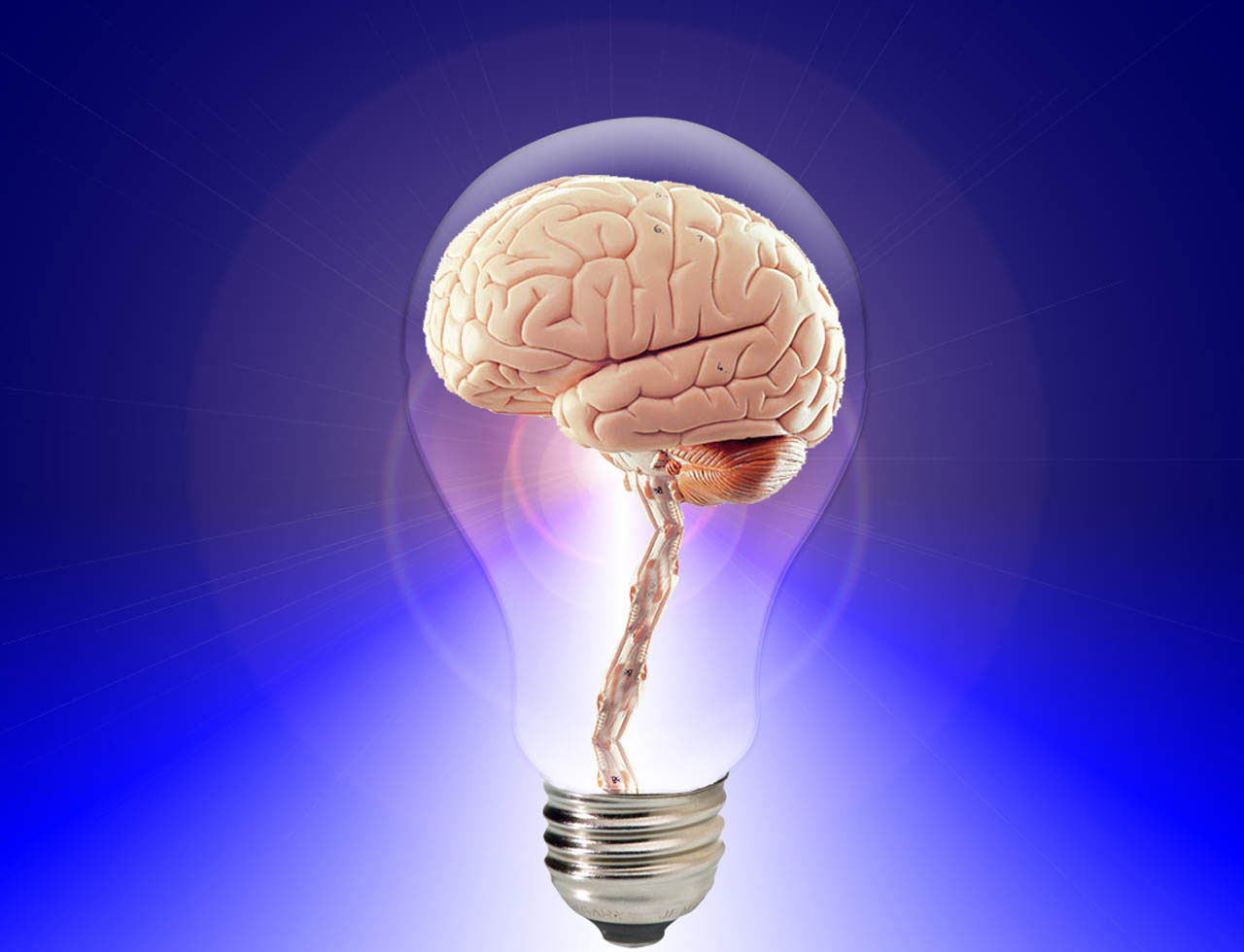 From complexity theorist Adam Barrett at The Conversation:
From complexity theorist Adam Barrett at The Conversation:
Recently, “Integrated Information Theory” has been gaining attention – and the backing of some eminent neuroscientists. It says that absolutely every physical object has some (even if extremely low) level of consciousness. Some backers of the theory claim to have a mathematical formula that can measure the consciousness of anything – even your phone.
These big claims are controversial and are (unfortunately) undermining the great potential for progress that could come from following some of the ideas behind the theory.
Actually, these claims are making the entire field sound ridiculous Which is what the search for “little green men” did for exoplanet research. People who pay taxes for obvious public benefits like roads, bridges, and firefighters might be persuaded to support exoplanet research if it sounds sober in principle, like the space shuttles. Anyway, he offers more sober explanation of Integrated Information Theory:
Integrated Information Theory starts from two basic observations about the nature of our conscious experiences as humans. First, that each experience we have is just one of a vast number of possible experiences we could have. Second, that multiple different components (colours, textures, foreground, background) are all experienced together, simultaneously.
Given these two observations, the theory says that brain activity associated with consciousness must therefore be ever-changing, consist of lots of different patterns, and involve a great deal of communication between different brain regions.
This is a really solid starting point for a theory, and to some extent, we have been able to test it.More.
He seems to be driving at the fact that there is no current test that shows whether a human being is conscious or not. Apparently, in deep sleep, fewer connections are made than when awake:
It is understandable to be perplexed by all of this – attempts at a formula have run into numerous problems, theoretical and practical. A candidate formula has been written down, but it doesn’t work. There are example cases of it not giving a clear answer. And it would take far too long to compute for complex human brain data.
Wethinks we are not yet far from the drawing board.
Barrett attempts to defend panpsychism’s “talking spoons,” which he thinks are “not helpful.” That said,
If there were already many competing plausible mathematical descriptions of consciousness, none of which could be tested, then there would be no value in creating another. But so far there are zero, and only a handful of researchers have been working on this.
But does it really say a whole lot for a discipline if the stuff of childhood imagination (my teddy talks to me!) is urged as a serious proposition?
See also: At Quartz: Materialists are converting to panpsychism (everything is conscious)
The illusion of consciousness sees through itself.
and
What great physicists have said about immateriality and consciousness